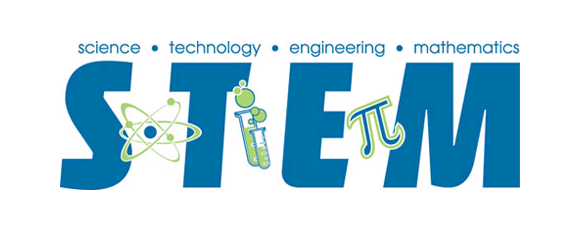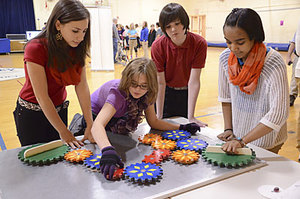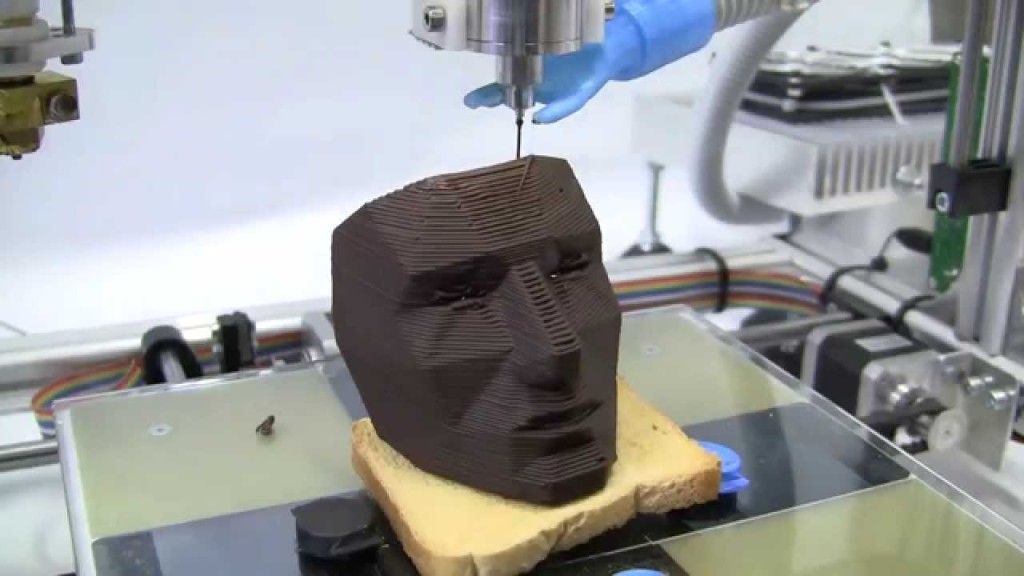
Traditionally, science technology engineering and mathematics were taught as separate disciplines. Later on in life, kids had to figure out for themselves how to make them work. However, the future we are moving towards will entail all these disciplines working together. For instance, robotics requires an innate understanding of biology in order to make engineering designs work.
How S.T.E.M. Works
There are a number of challenges facing S.T.E.M. For instance, in the future, many jobs done at the moment will become redundant. This will follow the course of typewriters where many people who were expert typewriters found themselves without a job. Such challenges ensure that kids are not left out in the job market of the future.
A typical S.T.E.M. curriculum will entail teaching kids about the basics of robotics without going into the science of it. This is similar to how computers of today work. Although most people know how to operate them, no one understands the intricate programming behind them. Many beginner robot kits are teaching kids some of these programming bits like these featured in the Ultimate Robot Buyers Guide by 3DPrintinGeeks.com
How It Helps Kids
Children as young as twelve years work well with robotics and S.T.E.M. programs. They acquire problem-solving skills, which they can apply later in life. For instance, kids may be given a challenge, which at first glance may seem too difficult. However, because of the training they get, they resolve problems much faster.
 In future, robots will be able to perform mental and physical activities much better than humans will. However, in order to get there, these robots will need experts working behind the scenes. In order to achieve such tasks, the kids need to have the right problem-solving skills. For instance, most of the innovators of robotics were people from different disciplines. Mathematicians did the coding while the engineers did the movement and electronics.
In future, robots will be able to perform mental and physical activities much better than humans will. However, in order to get there, these robots will need experts working behind the scenes. In order to achieve such tasks, the kids need to have the right problem-solving skills. For instance, most of the innovators of robotics were people from different disciplines. Mathematicians did the coding while the engineers did the movement and electronics.
 This does not have to be the way the future works. There is a recognition that robotics and future innovation will come from joining forces. For instance, most robotics experts usually have to rely on biology. This helps them to make better designs that move better and work better. S.T.E.M. ensures that kids will not face these difficulties. Once they have all the basic skills, they can branch out but with a solid foundation.
This does not have to be the way the future works. There is a recognition that robotics and future innovation will come from joining forces. For instance, most robotics experts usually have to rely on biology. This helps them to make better designs that move better and work better. S.T.E.M. ensures that kids will not face these difficulties. Once they have all the basic skills, they can branch out but with a solid foundation.
Not just for kids
This has been a major problem even among college graduates. They have all the information but it somehow is not helping them coming up with solutions to real life problems. The program will help people not only have knowledge but have the ability to apply it in the real world. Despite all the innovation in robotics, it is still quite slow. More could have been achieved if the people working behind the scenes had the right skills to solve problems.
As of now, it requires exceptionally gifted people to make progress in the technology world. However, this group is quite small and is usually due to outstanding personal effort. In future, S.T.E.M. program could expand the number of innovations that are made in technology. It could help propel robotics to heights that have previously seemed unachievable.
